
Sacamantecas ("Fat extractor" in Spanish) or mantequero [1] ("Fat seller/maker") is the Spanish name for a kind of bogeyman [2] or criminal [2] characterized by killing for human fat.

Sacamantecas ("Fat extractor" in Spanish) or mantequero [1] ("Fat seller/maker") is the Spanish name for a kind of bogeyman [2] or criminal [2] characterized by killing for human fat.
Julian Pitt-Rivers reports [3] in his study of Alcalá de la Sierra the belief that village children can be stolen by an outsider, called el sacamantecas, disguised as a beggar or a trader, who is hired by a rich man whose ill child can only be cured with the blood of healthy babies. The practice of blood donation lent credence to the myth.
Gerald Brenan [1] describes the mantequero as a monster in human form who lives in deserted areas and feeds on manteca [4] ("human fat"). Upon capture, he shouts in a high-pitched voice and, unless just fed, looks thin.
Brenan found the myth alive during his stays in the Alpujarra (Andalusia). In 1927 or 1928, he had sublet his Yegen home to the British writer Dick Strachey, nephew of Lytton Strachey. One day, Strachey was walking on rough terrain where he saw three Romani men, of whom he was suspicious. Fearing that they were bandits, he ran away, but the three men chased him and drew their knives, shouting at him. They believed him to be a mantequero and wanted to kill him and to use his blood for magical remedies. However, the eldest man, a convict, judged it safer to bring Strachey to the mayor. They offered to slit his throat themselves, but Strachey claimed in rudimentary Spanish to be a relative of the British King George V and convinced the mayor that he was a monster.
A friend of Brenan found that in Torremolinos all the girls believed in mantequeros. In the urban version of the legend, [1] an old evil marquis needs transfusions of babies' blood to rejuvenate.
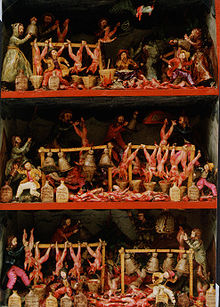
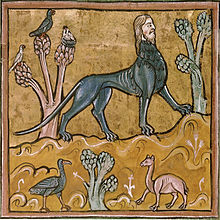
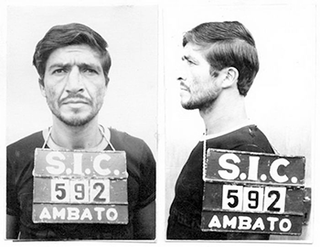
Pedro Alonso López, also known as The Monster of the Andes, is a Colombian serial killer, child rapist, and fugitive who murdered a minimum of 110 people, mostly young women and girls, from 1969 to 1980. López claimed to have murdered over 300 people. He is considered by many as one of the most prolific serial killers and rapists in history.

Dora de Houghton Carrington, known generally as Carrington, was an English painter and decorative artist, remembered in part for her association with members of the Bloomsbury Group, especially the writer Lytton Strachey. From her time as an art student, she was known simply by her surname as she considered Dora to be "vulgar and sentimental". She was not well known as a painter during her lifetime, as she rarely exhibited and did not sign her work. She worked for a while at the Omega Workshops, and for the Hogarth Press, designing woodcuts.

Carrington is a 1995 British biographical film written and directed by Christopher Hampton about the life of the English painter Dora Carrington (1893–1932), who was known simply as "Carrington". The screenplay is based on Lytton Strachey: A Critical Biography, the 1967-68 two-volume biography of writer and critic Lytton Strachey (1880–1932) by Michael Holroyd.

Adolfo de Jesús Constanzo was a Cuban-American serial killer, drug dealer and cult leader who led an infamous drug-trafficking and occult gang in Matamoros, Tamaulipas, Mexico, that was dubbed the Narcosatanists by the media. His cult members nicknamed him The Godfather. Constanzo led the cult with Sara Aldrete, whom followers nicknamed "The Godmother". The cult was involved in multiple ritualistic killings in Matamoros, including the murder of Mark Kilroy, an American student abducted, tortured and killed in the area in 1989.
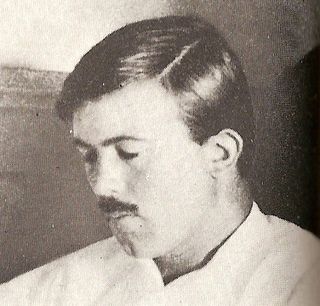
Edward FitzGerald "Gerald" Brenan, CBE, MC was a British writer and hispanist who spent much of his life in Spain.

Enriqueta Martí Ripollés was a Spanish child serial killer, kidnapper, prostitute and procuress of children. She was called "The Vampire of carrer Ponent", "The Vampire of Barcelona" and "The Vampire of the Raval" in the press.
South from Granada is a 2003 Spanish comedy film directed by Fernando Colomo which stars Matthew Goode as Gerald Brenan, a demobilized British soldier who in 1919 rents a house for a year in a village in Alpujarra, alongside Verónica Sánchez and Guillermo Toledo.
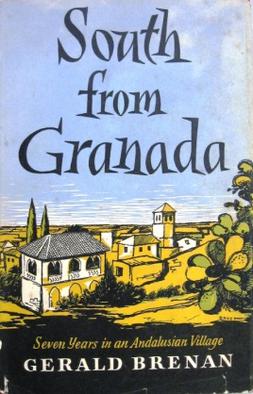
South from Granada: Seven Years in an Andalusian Village is an autobiographical book by Gerald Brenan, first published in 1957.

Alpujarra de la Sierra is a municipality located in the province of Granada, Spain. According to the 2007 census (INE), the city has a population of 1,168 inhabitants.

Frances Catherine Partridge CBE was an English writer. Closely connected to the Bloomsbury Group, she is probably best known for the publication of her diaries. She married Ralph Partridge in 1933. The couple had one son, (Lytton) Burgo Partridge (1935–1963).
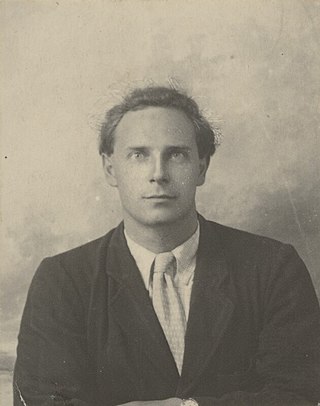
Reginald Sherring Partridge,, generally known as Ralph Partridge, was a member of the Bloomsbury Group. He worked for Leonard Woolf and Virginia Woolf, married Dora Carrington and then Frances Marshall, and was the unrequited love of Lytton Strachey.
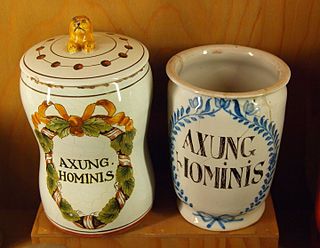
Human fat was mentioned in European pharmacopoeias since the 16th century as an important fatty component of quality deemed ointments and other pharmaceuticals in Europe. In old recipes human adipose tissue was mentioned as Pinguedo hominis, or Axungia hominis. The German medicinal Johann Agricola (1496–1570) described the recovery of human fat and its applications.

Yegen is a village of the municipality of Alpujarra de la Sierra in the province of Granada.

Juan Díaz de Garayo y Ruiz de Argandoña, also known as "The Sacamantecas", was a Spanish serial killer active near Vitoria, Álava, who strangled five women and a 13-year-old girl, and attacked four other women during two different periods, 1870 to 1874 and 1878 to 1879. A lust-motivated serial killer, Garayo first killed prostitutes after hiring and sleeping with them consensually but grew more disorganized and violent as time went on, attacking, raping and murdering women that he saw walking alone in the country. His last two victims, murdered in consecutive days, were also stabbed, and the second was disembowelled.

The crime of Gádor was the name given to the 1910 kidnapping and subsequent murder of a seven-year-old boy by Francisco Leona in Gádor, Almería, Spain. The purpose of the crime was to use the child's blood and body fat as a folk cure for a wealthy patron's tuberculosis.
Florencio Roque Fernández was an Argentine serial killer who murdered around 15 women in his hometown of Monteros, Tucuman Province in the 1950s. He was popularly known as The Argentine Vampire and The Window Vampire, referencing his mode of operation. His actual existence, however, is disputed as an urban legend by a number of Argentine sources.
Óscar García Guzmán, known as The Monster of Toluca, is a Mexican serial killer. He was first identified as a suspect in the disappearance of a fellow Technological University of Mexico (UNITEC) student on October 30, 2019, when, after searching his home in Villa Santin, Toluca, State of Mexico, police officers found the strangled bodies of three women, two of which were buried in his backyard and the other was hidden in his bathroom. Guzmán fled from the police and boasted that he would continue to kill women unless his pets' safety was guaranteed, though he was arrested in Mexico City on December 6, 2019, by the Attorney General's Office. After his capture, he admitted to the killing of not only the three women found in his home, but also to the murders of a girl and her father in Otzolotepec in 2012 and to the murder of his own father in 2006, when he was just 16 years old; the prosecution has confirmed these three further confessions. Guzmán was sentenced by the Attorney General of the State of Mexico to prison. He had previously been sentenced to 12 years in September 2021 for the crime of rape, however, after further investigation, he was sentenced to an additional 17 years for his responsibility in the disappearance of a woman. Finally, on March 31, 2022, he received another sentence for 62 more years, after being convicted of the murder of a 23-year-old woman. The total sum of his 3 first convictions gave him a total of 91 years in prison, however, after admitting to more murders during a call to his mother, he was charged with three additional sentences, in total, he has been condemned to 217 years and six months in jail.
The Monster of the Mangones is the name given to an unidentified Colombian serial killer who, between the 1960s and 1970s, murdered between 30 and 38 preadolescent and teenage boys in Cali. Believed to be a native of the city, he would kidnap and later kill most of his victims in various remote vacant lots.